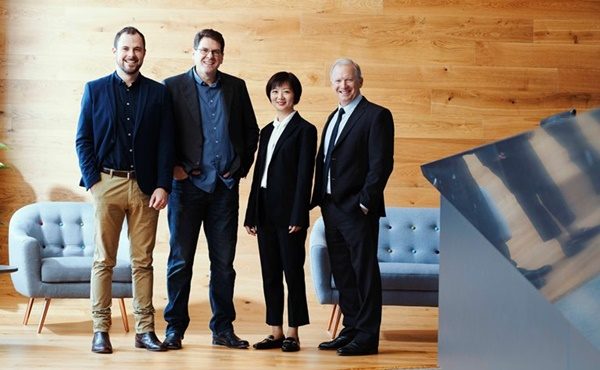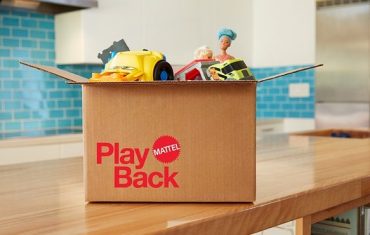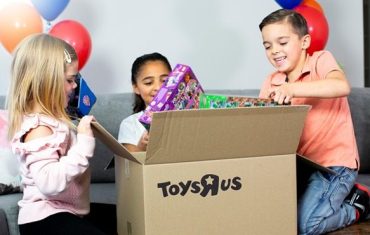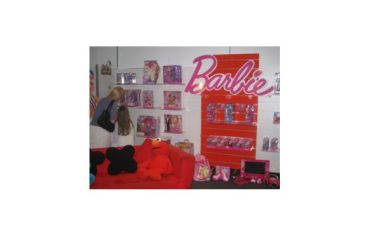Toys’R’Us is officially returning to Australia as a result of an exclusive licensing agreement between Tru Kids Inc and Hobby Warehouse. The company has announced eBay as its first marketplace partner, where it will sell more than 4,000 items from a host of leading brands including LEGO, Mattel, Hasbro and Spin Master.
Hobby Warehouse CEO Dr Louis Mittoni explains why using the eBay marketplace is crucial to Toys’R’Us’ omnichannel strategy.
Hobby Warehouse has enjoyed an eight-year partnership with eBay, which is now used by 40,000 retailers. Did this experience encourage you to suggest Toys’R’Us relaunch on the site?
You have to take the plot back eight years. Hobby Warehouse has been built as a combined left brain, right brain business. I am very left brain, I have a PhD in engineering, artificial intelligence and machine learning. Our chairman Kevin Moore is right brain, with his background in shop experience and retail. What we did together is bring the shop experience and retail online. So if you go to the Hobby Warehouse site, you’ll see lots of high quality stories of real Australians engaging with their hobbies.
We built up Hobby Warehouse to the point where we had phenomenal reach. We have partnered with eBay for many years now because eBay has a very professional partnership approach to the marketplace. They have an account management structure that works with key companies to make sure those companies are regularly supplying a wide range of well-priced products through eBay, so they have a very clever model―the eBay model in Australia is probably the best in the world.
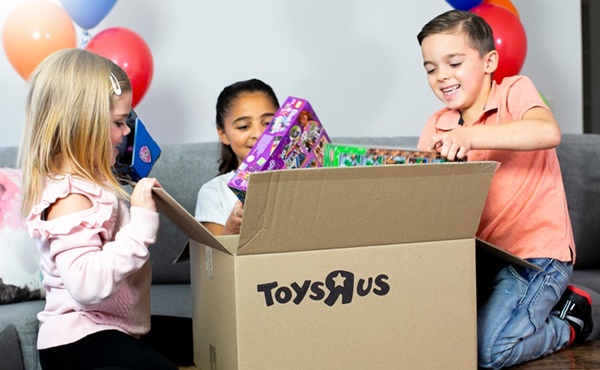
When we secured the licence rights to relaunch Toys’R’Us, we said in terms of reach and in terms of a wide range of products, eBay is a great partner.
You clearly place a high value in eBay. Why do you think eBay is still so popular with retailers and consumers?
It goes back to how they approach the marketplace. EBay treat their partners as long-term partners. I think their purchase of Gumtree was interesting because they kind of migrated all the people who wanted to sell a painting they didn’t want, or a teapot they didn’t need anymore, over to Gumtree―and retained eBay as a place where people can go to get a very wide range of regularly in-stock items. The majority of items on eBay are new, so they’ve treated it like a commercial marketplace, not a place where people clear their garage, which is where they started.
You think eBay customers have stuck with them through that evolution?
Yes I think they have. I’d also humbly suggest that around the world, other eBay country managers have looked at Australia and said, ‘this is actually quite a good model, this is a different model’. EBay’s Australian site has more than 11 million monthly unique visitors.
The retail market is doing it tough at the moment. Is selling purely through an online marketplace a strategy other big brand, bricks and mortar retailers could adopt in the future as well?
You have to look at the numbers. When we were negotiating with Toys’R’Us, we commissioned a whole lot of research and also looked at existing research. One of the things it said about our sector was by 2023, 43 per cent of toy sales would be online. We actually have manufacturers in this space that believe that of their branded products, 60 per cent will be sold to online customers. So when we sat with Toys’R’Us we said we don’t see any logic in tying up capital in a store network. It’s the first time we believe that a bricks and mortar trusted brand has been re-birthed, phoenixed if you will, in a purely digital sense.
We’re launching initially as purely digital. We will have experiential centres down the eastern seaboard in 2020 and we will have retail light stores, or tiny footprint stores, later in the piece.
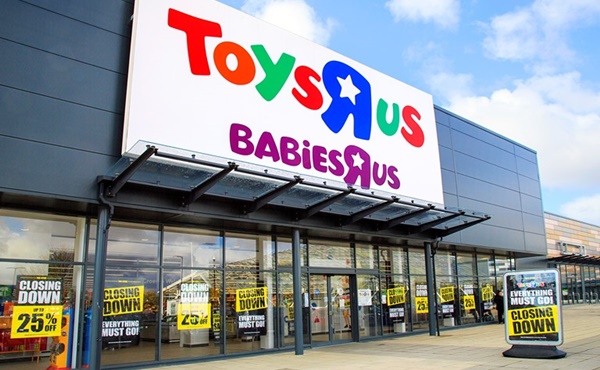
What are the benefits of keeping a footprint in bricks and mortar?
Think of quality toy stores like Hamleys in London or FAO Schwarz in New York, they are fantastic experiences. For the footprint stores of Toys’R’Us, people will be able to walk in there, there will be demonstrations, anything under $30 you can buy and take away; anything over $30 by that time will be shipped to your home – and by that time 80 per cent of postcodes will have same-day service.
Even today, if you look at the catalogues around toys of physical retailers in Australia, all the focus is under $30. Physical retailers have become an impulse environment, so if I’m in a store and I see a sub $30 item, I’ll buy it. If it costs $80, I’ll research it before I buy it. Physical retail is shifting.
Do you think in the future, we will see less warehouses and more footprint stores, that aim to entice customers in through experiences?
Yes I think we’ll see this divergence where everything to do with service around the person or consumption around the person―whether that be bars, grocery stores, coffee shops, nail services or massages―will end up becoming beautiful as time goes by because people will want to physically go there. For example with groceries, it’s about feeling, smelling and tasting.
If we look at the other end of it, I think a lot of stores will go retail-light. They will have very little storage space, all the stock will be on the floor and anything big will shipped to your house.
How crucial is it for retailers to sell on online marketplaces?
Online marketplaces such as Amazon or eBay are crucial to every retailer in the world. Marketplaces have vast reach. If we combine Amazon and eBay, I’m going to guess they have over half of working Australians covered.
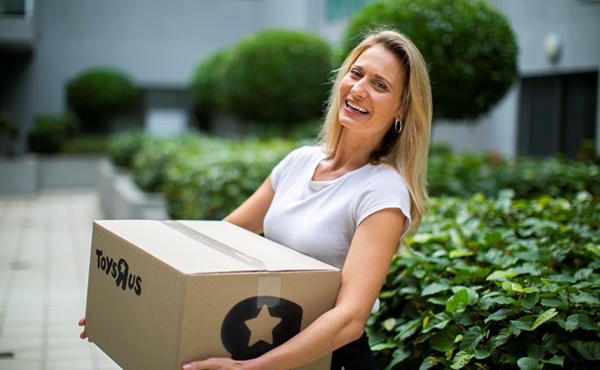
Are people more likely to go to online marketplaces than individual websites?
No, people will go to both, but for retailers, mainstream marketplaces such as eBay and Amazon are now part of their broadcast media strategy. We also have specialised marketplaces that focus on fashion or car parts. Your role as an online retailer is to be able to offer a fantastic range of products with great prices and service, and your own website will then promote via the marketplaces.
In the same way we used to use catalogues to get into homes across Australia, we now use the marketplaces to effectively link into our catalogues. It’s one big collaboration.
By Caroline Riches
This article first appeared on retailbiz



